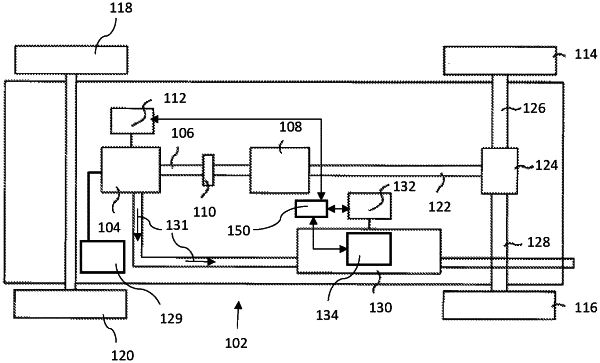| CPC F01N 3/208 (2013.01) [F01N 2570/14 (2013.01); F01N 2610/02 (2013.01); F01N 2900/0418 (2013.01); F01N 2900/1812 (2013.01); F01N 2900/1821 (2013.01)] | 14 Claims |

|
1. A method for counteracting solid deposits derived from an additive of selective catalytic reduction (SCR) after-treatment system of an exhaust gas of an exhaust gas stream from a combustion engine, wherein the selective catalytic reduction after-treatment system process comprises: injecting the additive in liquid form into the exhaust gas stream from the combustion engine; evaporating the additive to form a reducing agent, the reducing agent being added to the exhaust gas stream; and reducing nitrogen oxides of the exhaust gas stream in a reduction catalyst device through the use of the reducing agent added to the exhaust gas stream; wherein the method comprises:
defining an integrand to be the difference between a rate of injection of the additive and a rate of evaporation of the additive to the reducing agent multiplied by a coefficient, wherein the value of the coefficient is between zero and one;
producing, by usage of an integral controller, an integral controller output which is proportional to the integral of the integrand with time; and
requesting a countermeasure at least partly based on the integral controller output to counteract solid deposits derived from the additive.
|